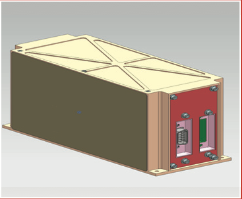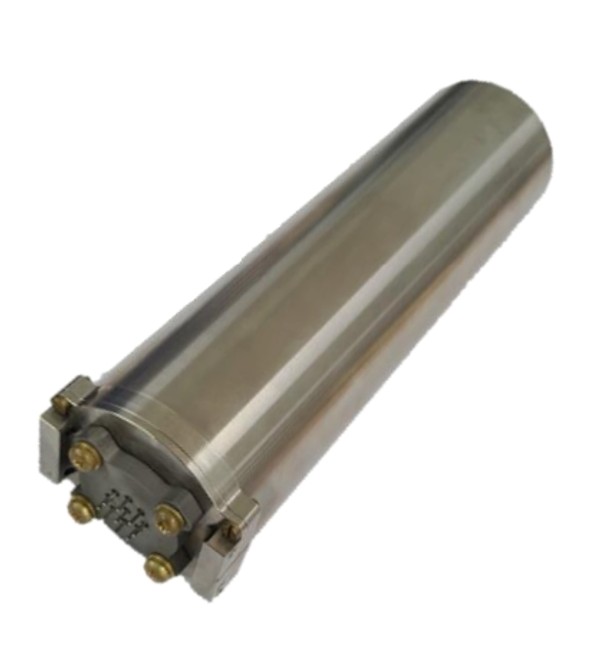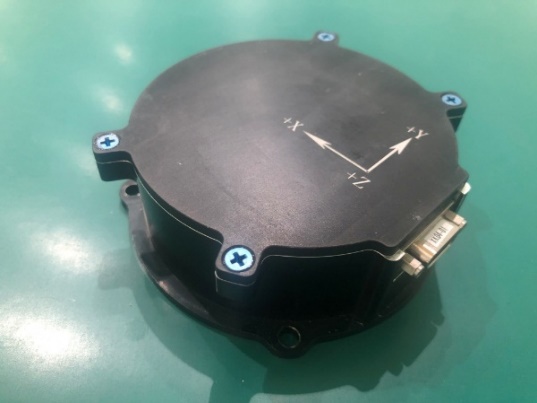Magnetometers are attitude sensors that can determine a satellite’s orientation with reference to an external magnetic field, such as the Earth’s.
The technology has a rich history in space, dating right back to Sputnik 3 in 1958.
Today, magnetometers are used onboard satellites and spacecraft for a variety of research and operational purposes, both alone and in multi-sensor arrays.
In this resource we discuss how magnetometers work, the value they bring to space missions, and share information on products available on the market today.
If you’re familiar with how magnetometers work and would instead like to skip straight down to the information about the products on the market, please click here.
Introduction to magnetometers
A variety of companies design and develop navigational magnetic field measurement instruments for space.
These include magnetometers for both research and commercial Low Earth Orbit (LEO) missions, CubeSat integration, and other applications.
Accurate three-axis magnetometers ensure that precise magnetic field measurements are achieved which can then be used to orient and navigate space assets effectively.
Magnetometers are also widely deployed in research missions and applications. Here are 5 examples of different celestial bodies and space missions deploying magnetometers to study them(1):
- Earth – CSES, GEO-KOMPSAT-2A, MMS, and THEMIS
- Mercury – BepiColombo
- Mars – Chinese Mars Mission
- Jupiter – JUICE
- Comet / interstellar object – Comet Interceptor
Magnetometer technologies
In recent years, the miniaturization of electronic components and sensors, and advances in magnetic field measurement calibration, have led to the development of improved systems.
While all magnetometers operate in the same way, there are a few different versions of the technology in use:
Scalar magnetometers – systems that can determine the overall strength of the magnetic field, but not the direction.
Vector magnetometers – systems that can determine a magnetic field’s directional component, in relation to its own reference frame.
Fluxgate magnetometers – this type of system is based on a highly permeable, ferromagnetic core that concentrates the magnetic field being measured. Fluxgates have been used in a variety of fields for many years.
Optically pumped magnetometers – in which gas atoms are deployed as sensitive magnetic field probes. Prominent examples are Vector Helium Magnetometers (VHMs) which typically have better resolution and stability than fluxgate versions.
Magnetometers on the global market
This section includes a variety of magnetometers available on the global market today. Click on the links to open pages with more detail on each system.
From these pages you can submit requests for quotes, documents, or further information by the supplier, and we’ll handle the request for you (find out more about how this all works here).
If you want to shortcut this process, or need some assistance refining either your specific magnetometer needs or more general attitude sensing and control requirements, you can instead submit an open tender, and our expert procurement team will get back to you ASAP.
The AAC SpaceQuest MAG-3 is a 3-axis satellite fluxgate magnetometer supporting reliable and accurate spacecraft attitude measurements. This space-qualified component and its predecessors have flown on numerous space missions and are particularly well suited to the radiation environments of high LEO orbits.
The AAC Clyde Space MM200 High Precision Magnetometer is a magnetometer suitable for satellite autonomous attitude control or scientific measurements. The system features a small footprint and is designed for low noise, high resolution, and high sensitivity. For quick and efficient satellite integration, the user interface is offered through a packet-based I2C compatible interface.
The CubeSpace CubeMag is a three-axis magnetometer built for robustness; including a back-up sensor. The sensor comes in a compact or deployable version for satellites with larger magnetic disturbances.
The deployable form factor comes with a built-in redundant magnetometer. The sensor can be deployed to help mitigate magnetic disturbances. A compact form factor is further available for easy integration into customers satellite.
The NSS tri-axial magnetometer utilizes Anisotropic Magneto-Resistive (AMR) sensors which are co-located with offset compensating circuitry. The offset compensating circuitry nulls the characteristic offset voltage of the AMR sensor, which enhances the sensor performance.
Thanks for reading! If you need any further help identifying the right magnetometer for your specific needs, please share your specifications with us and we’ll use our global network of suppliers to find options.
Do you make magnetometers for space and want to be included in this article?
Click here to find out how to claim your free profile on satsearch today.
Then, once your pages are live, just send us an email and we can discuss showcasing your products to the global space engineering community on this page.












